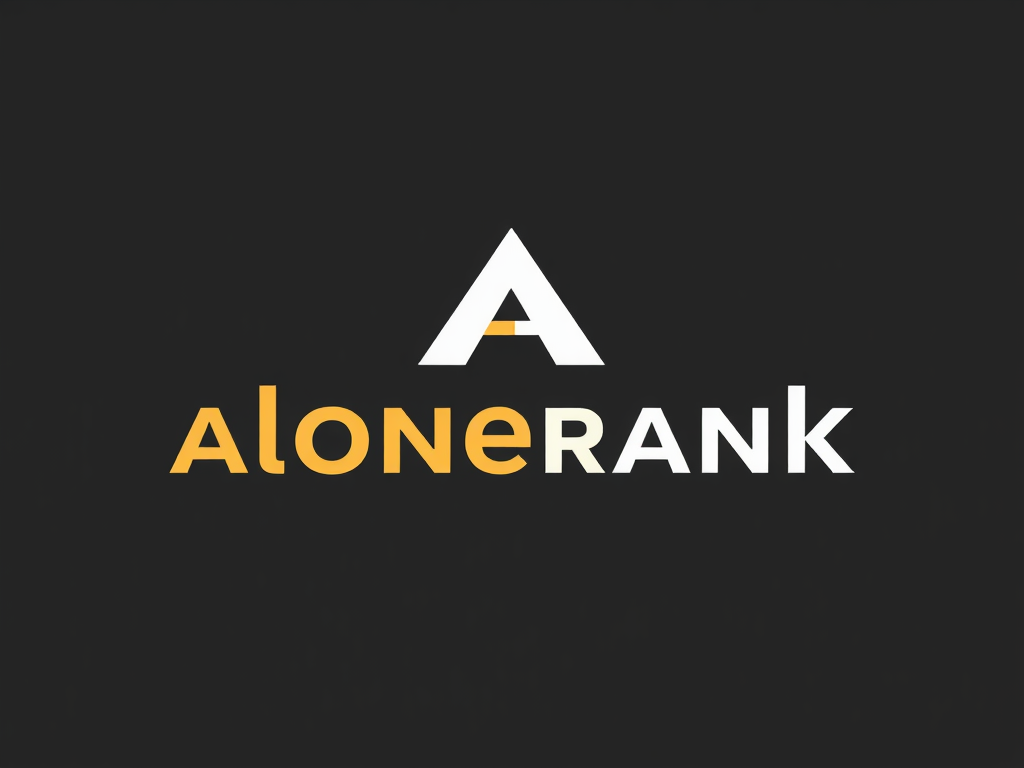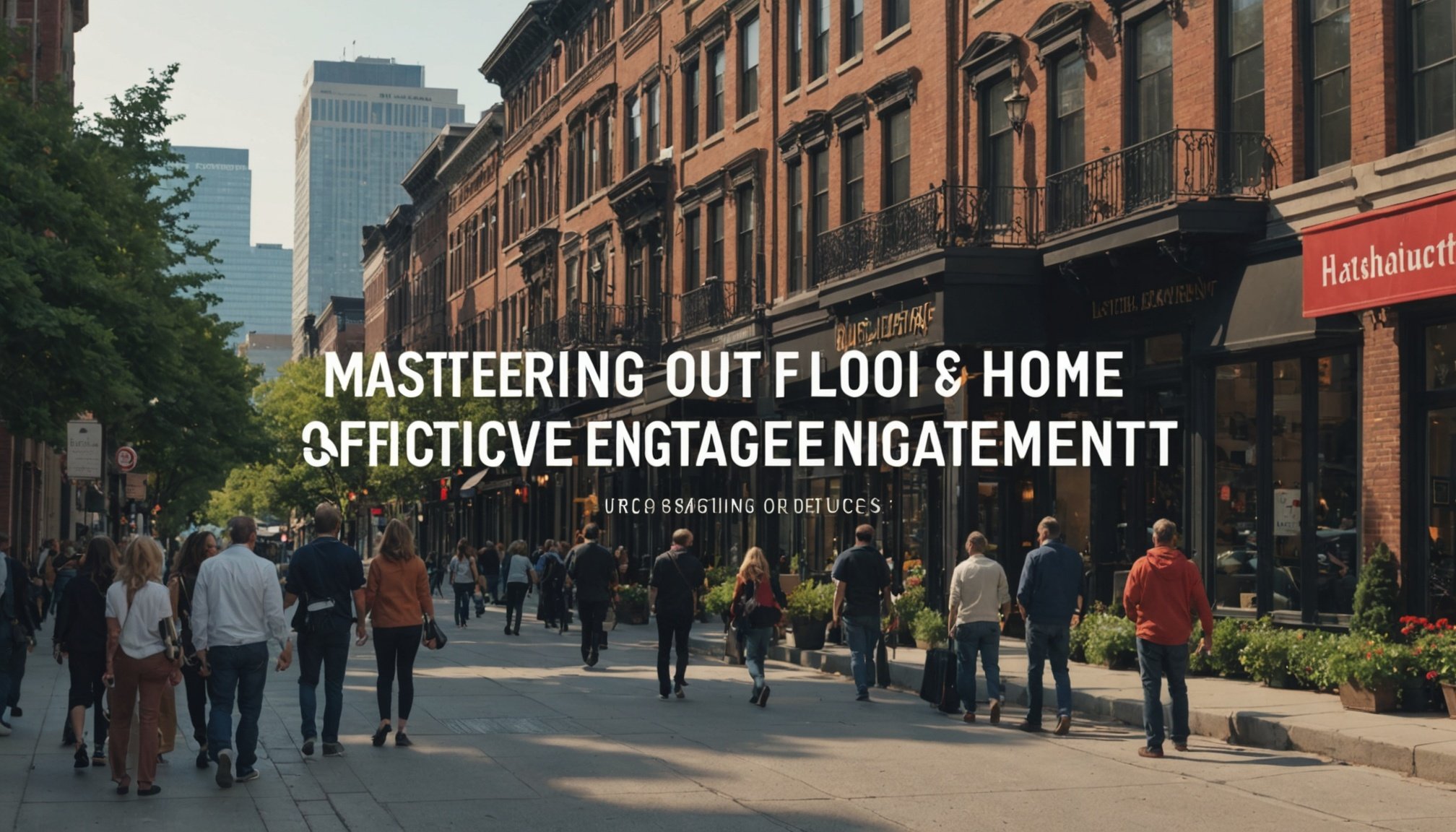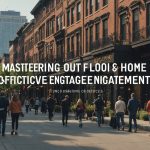Fake Out of Home (FOOH) advertising transforms public spaces with surprising illusions that captivate and engage audiences unlike traditional ads. By blending digital creativity with real-world environments, FOOH drives stronger brand recall and social sharing. Understanding these strategies reveals how marketers turn imaginative concepts into powerful, memorable experiences that break advertising norms and maximize impact with cost-effective campaigns.
Understanding Fake Out of Home (FOOH) Advertising
Fake out of home with fortunalabz.com introduces a new dimension to outdoor marketing by blending digital illusions with physical spaces. It employs CGI and augmented reality to showcase captivating, hyper-realistic visuals that create the impression of real-world promotions.
Also read : Exploring the eco-impact of cutting-edge computing technology
Unlike traditional OOH, which relies solely on physical displays, FOOH integrates digital effects seamlessly into iconic landmarks and urban environments. This approach leverages immersive technology to produce short, impactful content—often shared widely on social media—boosting brand visibility and engagement.
Examples such as Apple’s digital projections and Maybelline’s virtual subway ads demonstrate FOOH’s ability to craft surprising and memorable experiences. Its shareability and cost-efficiency give brands an edge, fostering increased interaction without costly physical deployment.
In the same genre : Exploring the uk’s influence on the advancement of augmented reality technology
This innovative strategy is paving the way for the future of advertising, allowing brands to produce creative, adaptable, and highly engaging campaigns. Marketers seeking to master fake ad placement should explore fake out of home with fortunalabz.com, where their page provides detailed insights into such cutting-edge solutions.
Notable Examples and Campaigns of FOOH
Landmark and Celebrity Integrations
Fake Out of Home (FOOH) advertising has delivered outstanding results by leveraging famous landmarks. Notable is JD Sports’ campaign, which wrapped Big Ben with a digital puffer jacket—illustrating how fake street advertising examples can generate powerful visual impact. Victoria Beckham’s luxury activations in London and Rome underline the use of fake billboard campaigns for high-end branding, crafting shareable moments that align with fake advertising in public spaces. Marvel’s Spiderman 2 Paris illusion cleverly merged beloved characters with local icons, blending guerrilla marketing tactics with fake ads for maximum exposure.
Campaigns Demonstrating Creativity and Viral Impact
Maybelline’s viral subway ad showcased fake out-of-home ad trends by digitally adding giant eyelashes to New York trains, showing how creative fake out-of-home marketing ideas can dramatically boost attention. Jacquemus’ floating handbags gliding above Parisian streets set a landmark in fake ad innovation, and Barbie’s Dubai activation beside the Burj Khalifa became a global case for mastering fake ad placement strategies and amplifying fake ad integration with social media.
Case Studies Showcasing Success and Engagement
Campaigns from Apple’s Pink Pop-Up in New York to Vapiano’s pasta spills illustrate fake ad campaign planning tips focused on measuring engagement from fake outdoor ads. Hugo Boss’s Shanghai logo projections highlight viral marketing through fake public ads. Each case builds on fake ad storytelling strategies and fake ad social media amplification—validating fake advertising effectiveness and inspiring the next generation of digital creative fabrication.
Benefits, Trends, and Industry Impact of FOOH Advertising
Advantages of FOOH for Brands
Fake out-of-home ads stand out for their ability to drive high-impact campaigns without the extensive costs of physical installation. By leveraging digital assets, brands can conduct fake advertising in public spaces, rapidly adapting creative fake out-of-home marketing ideas to local contexts. The viral nature and social media amplification inherent to fake billboard campaigns help content reach vast audiences quickly. Notably, counterfeit out-of-home ads and fake street advertising examples capture and sustain attention, leading to measurable increases in engagement and brand recall. These guerrilla marketing tactics with fake ads also foster flexible adaptation, supporting A/B testing and efficient campaign updates.
Industry Trends and Future Outlook
The integration of AI, virtual reality, and new animation techniques is transforming fake out-of-home ads, blending immersive technology with urban environments. Brands are now designing fake ad installations in urban areas, transit spaces, and shopping districts, expanding the reach of fake advertising in public spaces. The emphasis is shifting toward immersive storytelling, where mastering fake ad placement strategies is vital for delivering memorable fake ad disruption in public spaces.
Ethical Considerations and Challenges
However, the rapid spread of deceptive outdoor marketing techniques raises ethical considerations in fake ads. Legal issues with fake public ads require that brands adopt transparent communication to prevent audience misperception. Fake advertising effectiveness must be balanced with consumer trust; thus, robust processes for identifying fake billboard content and ensuring honest brand storytelling help mitigate risks of backlash. Brands succeeding in mastering fake out-of-home strategies for effective engagement maintain creative impact while protecting public perception and trust.
Technical Aspects, Production, and Measurement of FOOH
Creation and Development Process
Fake out of home (FOOH) campaigns rely on advanced visual storytelling and bold 3D animation techniques to capture attention. The process begins with creative fake ad campaign planning tips—establishing concept direction that aligns with brand identity and intended audience impact. Filming real public spaces, designers use guerrilla marketing tactics with fake ads by integrating CGI objects or effects, achieving seamless blends during post-production. Creative fabrication of fake ads depends on striking a balance: visuals must be surprising, yet cohesive with urban surroundings. Teams experiment with fake street advertising examples, refining their technique so that counterfeit out-of-home ads look convincingly real in busy metropolitan settings.
Cost, Timelines, and Production Challenges
Budget plays a substantial role, with fake ad campaign budget considerations influenced by the complexity of visual effects, number of locations, and post-production demands. While more accessible than physical campaigns, FOOH projects still encounter challenges in executing fake public ads, including tight timelines, authenticity, and consumer response to fake outdoor ads. Production can span from a few weeks for short, viral marketing through fake public ads, up to several months for intricate, large-scale fake billboard campaigns.
Metrics and Evaluation
Engagement and measurement are vital. Teams concentrate on measuring engagement from fake outdoor ads, utilizing platforms to track shares, reactions, and interactions. Techniques are refined for identifying fake billboard content, ensuring fake advertising effectiveness. The impact of fake out-of-home on the advertising industry is often assessed via real-time feedback, mastery in fake out-of-home monitoring, and campaign ROI—highlighting the ongoing importance of innovation and transparency.
Legal, Ethical, and Platform-related Aspects of Fake Out of Home
Regulatory Landscape and Legal Issues
Fake advertising in public spaces is bound by existing laws relating to deceptive outdoor marketing techniques and false claims. Regulatory scrutiny on fake billboard campaigns has increased, especially where counterfeit out-of-home ads may blur the line between creative expression and misleading practice. Case law on fake outdoor advertising often addresses whether such fake ad installations in urban areas intentionally mimic reality to the extent that consumer response to fake outdoor ads leads to confusion or mistaken belief. Legal issues with fake public ads can result in significant repercussions—brands must ensure all fake ad campaign planning tips account for advertising codes, intellectual property rights, and permission when using recognizable landmarks.
Ethical Frameworks and Responsible Use
Ethical considerations in fake ads demand full transparency. Creating fake street advertising examples should avoid consumer deception and safeguard trust. Responsible guerrilla marketing tactics with fake ads stress honesty, even while using creative fake out-of-home marketing ideas. Balancing creativity and honesty in fake ads is key to maintaining brand credibility, as fake ad impact on brand reputation can suffer with perceived manipulation. Fake advertising and consumer trust are closely linked; backlash can damage both short-term and long-term engagement.
Platform Usage and Social Media Strategy
Successful viral marketing through fake public ads relies on understanding platform-specific guidelines. Fake ad integration with social media channels transforms fake ad storytelling strategies from mere visuals to shareable, interactive moments. Creative fake out-of-home marketing ideas must respect digital versus physical fake outdoor ads policies unique to each platform, while also consistently monitoring engagement to measure effectiveness. Adhering to fake ad ethical frameworks and keeping fake street sign campaigns contextually appropriate helps maintain audience goodwill, ensuring fake out-of-home ad trends keep their powerful influence without overstepping regulatory or ethical boundaries.



